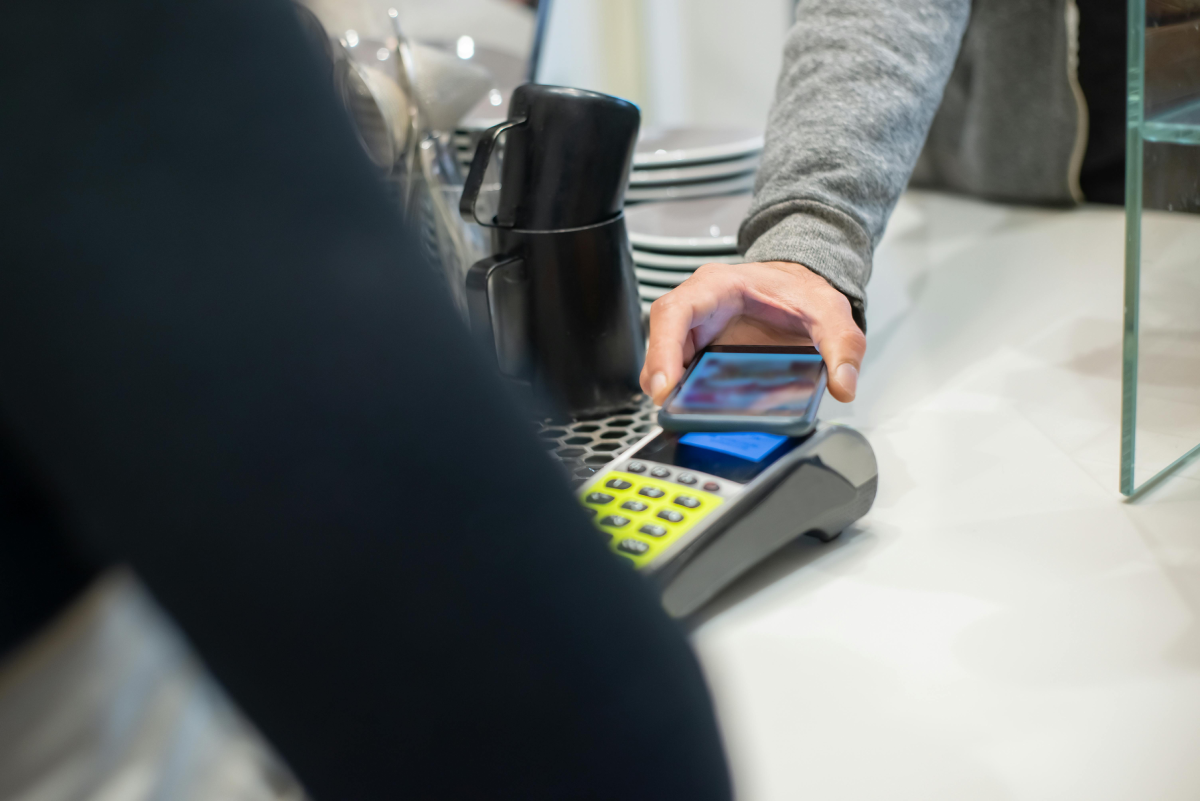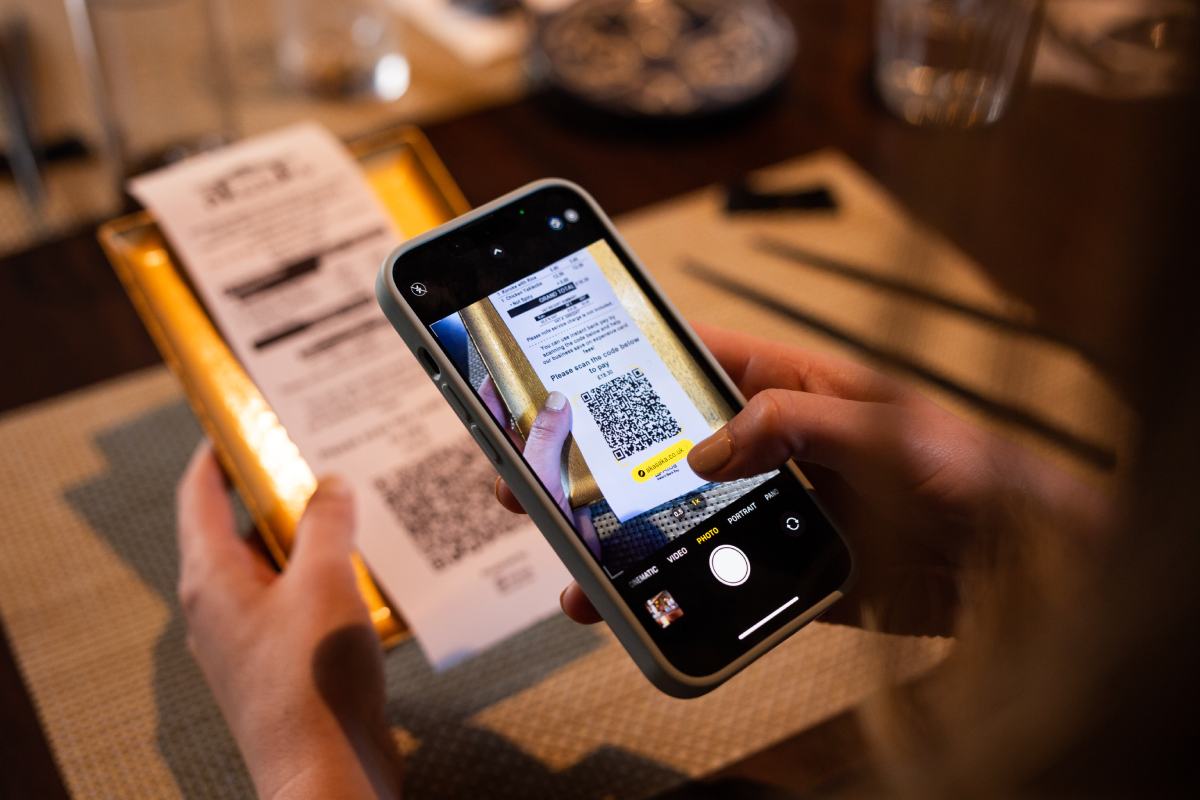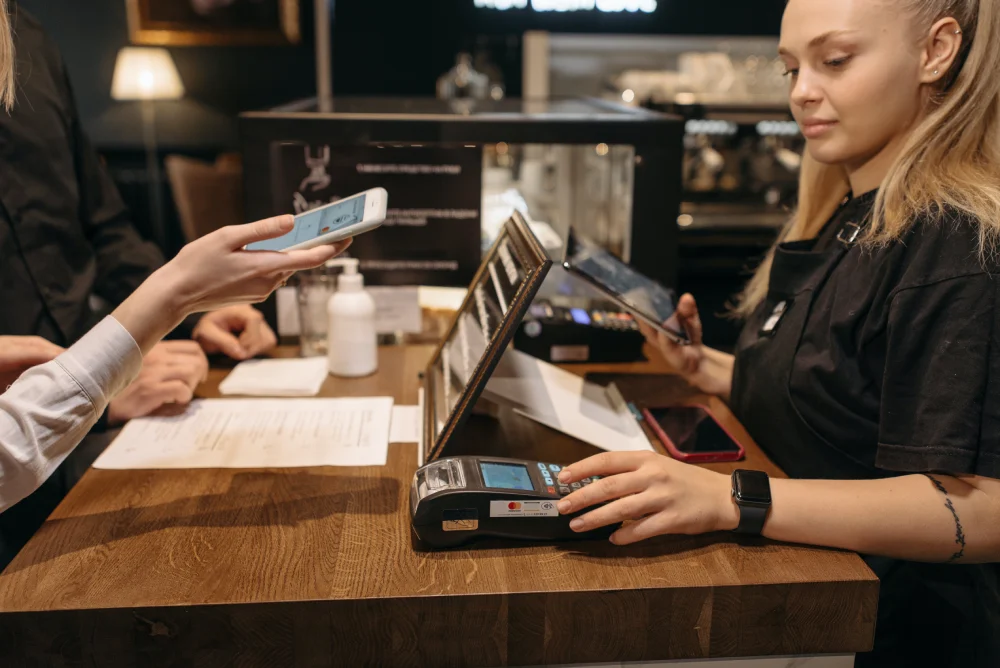Ready to get started?
Get paid faster and save up to 50% on fees with Pay by Bank.
When we talk about modern payments, the spotlight often falls on contactless cards, digital wallets, and in-app checkouts and for good reason. Contactless adoption in the UK had reached record highs in 2024, according to new data from Barclays. The data revealed that 94.6% of all eligible in-store card transactions were made using contactless technology. But while all eyes are on tap-to-pay, a quieter revolution is gaining momentum behind the scenes: the rise of payment links. Fast, flexible, and incredibly easy to use, payment links are becoming the go-to solution for UK businesses that want to get paid without card machines, cash, or clunky bank transfers.
Let’s take a closer look at how payment links work, why they matter, and why so many businesses are embracing them.
What are payment links?
A payment link is a unique URL that you send to a customer, allowing them to pay you online without needing an app, password, or terminal. It’s simple: you create the link, send it through text, email, or WhatsApp, and the customer pays with a few taps. This method is perfect for remote payments, deposits, bookings, or any situation where you don’t have a card machine or don’t want to deal with bank transfers.
What makes it revolutionary is its simplicity and reach. From small business owners to nationwide retailers, businesses can now take payments without expensive infrastructure.
How do payment links work?
Here’s what a typical flow looks like.
- You create a payment link using your payment provider’s app or dashboard.
- Send the link via SMS, email, WhatsApp, or embed it in an invoice.
- The customer clicks the link, enters payment details or uses their bank app (for open banking), and completes the transaction.
- You receive confirmation and the funds shortly after.
Behind the scenes, a secure infrastructure makes sure that every step is authenticated, and compliant with UK payment regulations.
How to create a payment link
It depends on the provider, but it usually takes under a minute. For example, with Atoa:
- Open the Atoa Business app or login to the Atoa Business Dashboard
- Click Links > Create Payment Link
- Enter the amount and the required details
- Share it instantly via your preferred channel
If you want a detailed guide on how to send payment links through Atoa, click right here.
What are the benefits?
Let’s take a look at why payment links are becoming a no-brainer for modern UK businesses:
- No hardware needed: No more card machines.
- Remote-friendly: Perfect for businesses that don’t always interact face-to-face with customers.
- Faster cash flow: Get paid instantly (especially with providers leveraging open banking).
- Reduced fees: Avoid card processing fees with bank-to-bank payments.
- Improved customer experience: It’s fast, easy, and accessible from any phone.
- No chasing payments: You’ll know exactly when a payment is complete.
- Better conversion rates: Fewer steps and instant action mean more customers follow through.
- Flexible across sectors: Whether you’re mobile, remote, or bricks-and-mortar, payment links fit the flow.
The different types of payment links
Not all payment links are created equal. Here’s a quick breakdown of the most common types and when to use them.
1. One-time links
Unique to a single customer or transaction. Best for deposits, custom jobs, or invoice payments.
2. Reusable links
The same link can be used by multiple customers for a fixed product or service like a standard haircut at a salon or car washing services.
3. Invoice-embedded links
Tied to a specific invoice and often auto-generated through software like Xero, QuickBooks, or Atoa.
4. QR code links
Generate a QR code connected to a payment link. Great for in-store, countertop, or print materials.
Who are the UK payment link providers?
The UK payment landscape offers a variety of providers that support pay-by-link features, each with their own strengths depending on your business model and goals.
- Atoa Instant Bank Pay: Uses open banking for instant, card-free payments. Ideal for UK businesses looking to reduce card fees and eliminate chargebacks with real-time settlements.
- SumUp: Offers easy-to-use payment links designed for small businesses that already use SumUp card readers, with a focus on mobility and simplicity.
- PayPal: A trusted name in online payments, offering familiar payment links, though fees can be relatively high, especially for smaller businesses.
- Stripe: Known for its flexibility and robust APIs, Stripe is ideal for tech-savvy businesses that want to embed payment links into custom workflows or platforms.
- Square: Combines point-of-sale tools with digital payment link capabilities, making it a strong option for retailers and hospitality businesses wanting an all-in-one system.
Are payment links safe?
Yes, as long as you’re using an authorised provider. Look for:
- Strong Customer Authentication (SCA)
- Authorised by the UK Financial Conduct of Authority (FCA)
- Bank-grade encryption
- Links that expire or can be cancelled
- Transparent branding so customers trust the source
What you need to start sending payment links
Getting started is easier than you might think. Here’s what you’ll need to begin using payment links for your business.
- A business bank account
- A payment provider that supports links (like Atoa)
- A phone or desktop to generate and send the link
- Your customer’s contact info (mobile number, email, etc.)
No need for tech expertise, just a few taps and you’re good to go.
Why they’re quietly changing the game
Unlike flashy new tech, payment links don’t need to shout. Their power lies in what they remove: terminals, logins, delays, and friction.They reduce barriers for both customers and businesses, fitting into workflows from retail counters to mobile invoicing. And because they’re flexible, secure, and easy to use, they’re quietly becoming the preferred way to get paid across a wide range of industries.
Would you like to try it with Atoa?
If you’re looking to speed up cash flow, ditch the card reader, and cut down on fees, Atoa makes it simple. You can send a payment link in seconds, your customer pays through their UK banking app, and the money is in your account instantly. Atoa doesn’t have any hardware so it can be set up in minutes. Book a free demo or download the Atoa Business app today to experience this service first hand.
FAQs
What is a payment link and how does it work in the UK?
A payment link is a unique URL that allows customers to pay you online. You send it via SMS or email, and they pay instantly.
Is “pay by link” safe for my customers?
Yes, especially with providers like Atoa that use Strong Customer Authentication in their payment flows.
Can I send a payment link via WhatsApp or SMS?
Absolutely. Most providers let you share links through any channel you already use to contact customers.
Are there payment links for recurring payments?
Some platforms offer subscription-style links or reusable URLs for recurring services.
What’s the most affordable way to send payment links in the UK?
Platforms like Atoa offer lower fees and no chargebacks, making them ideal for cost-conscious businesses.



